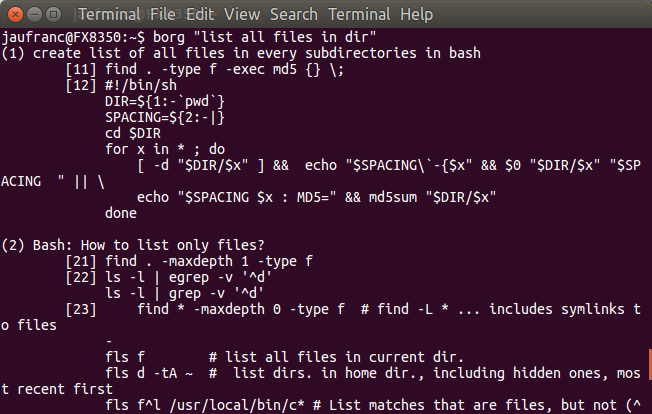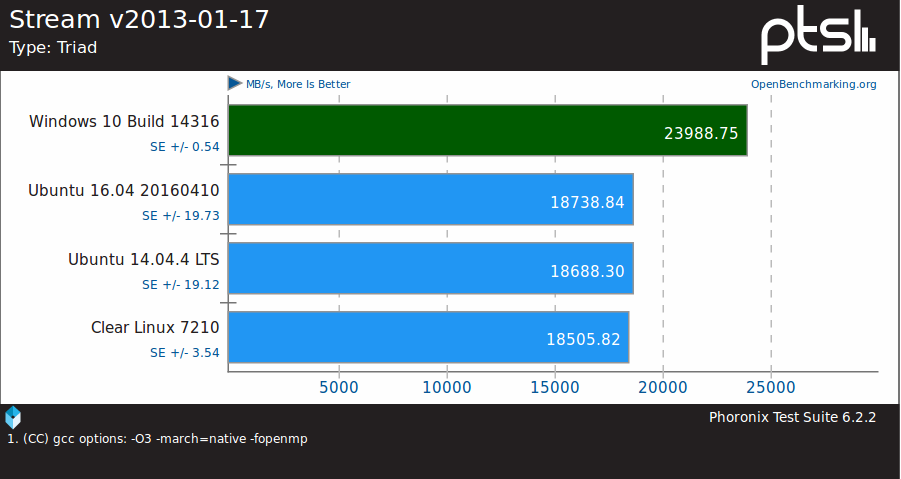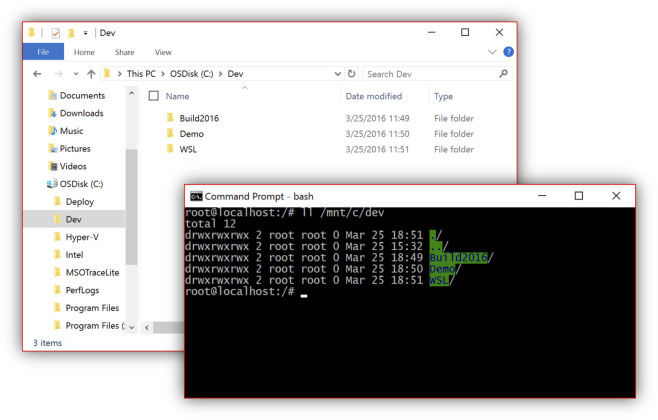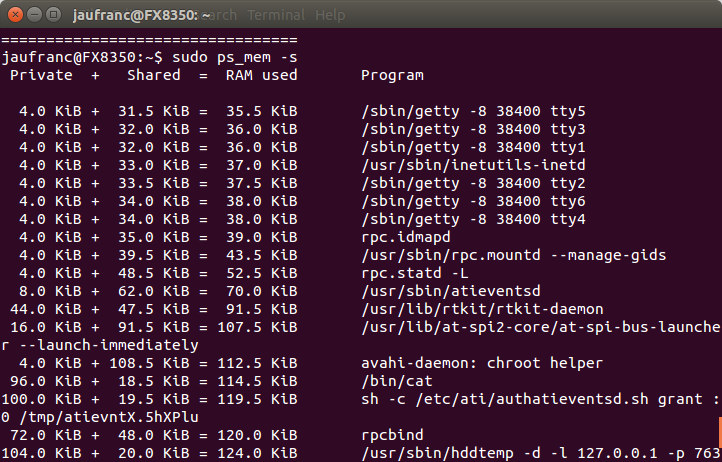There are so many commands available in bash that it’s impossible to know them all, and some commands are rarely run. Usually, you have to switch to your web browser to search for a solution or spending time reading through the manpage. In case you’d like to search for a specific command line you can now do so with borg script. If you want to give it a try, you can install it in Linux as follows:
|
1 2 |
sudo wget https://github.com/crufter/borg/blob/master/builds/borg_linux_amd64\?raw\=true -O /usr/local/bin/borg sudo chmod 755 /usr/local/bin/borg |
Then run the script with your search query in quotes. Some explanations for the output: () denotes hits for your query [] denotes possible solutions … under a [] means more lines to display a “–” in a solution means separate code examples extracted from the same source Some queries are returning useful results such as “list all files in dir” as show in the screenshot above, but others not so, as […]






